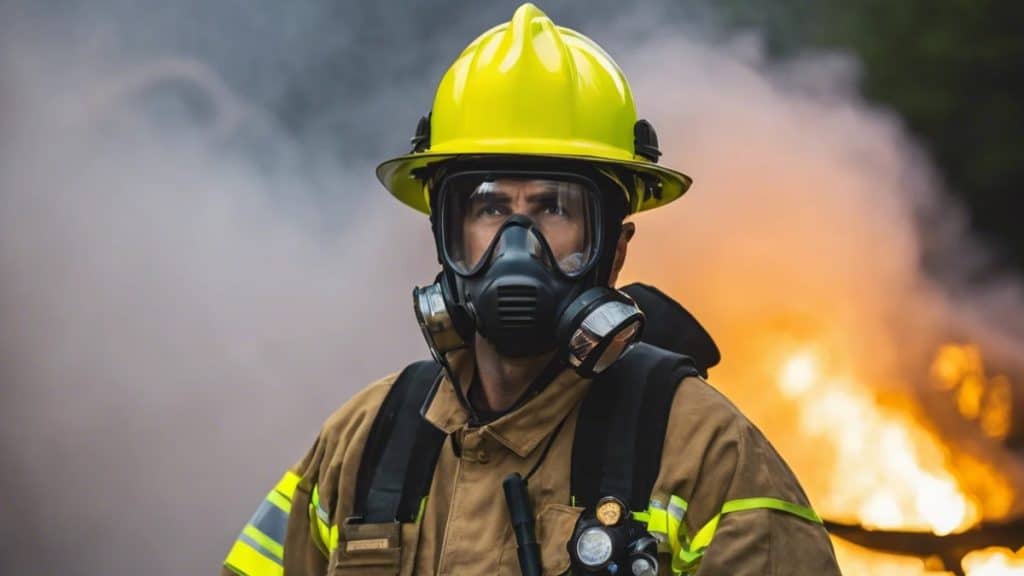Firefighting is a job that needs courage, expertise, and the proper equipment. People in firefighting need personal protective gear to be safe and efficient in hazardous situations. This article examines the main elements of a firefighter’s protective outfit or ensemble and verifies that they are fully equipped for any emergency.
Before we start, you should know that the basis of any firefighter’s attire is their protective clothes, usually known as the turnout or bunker gear. The uniform worn by firefighters consists of a fire-resistant coat and pants made from materials like Nomex or Kevlar, which are protective against extreme heat, flames, and hazardous materials.
Then, there is the robust helmet which guards the head from any falling debris and intense heat—usually having a face shield or goggles for extra eye protection. The gloves too are fire-resistant, and are the main hand protection tools—they allow for dexterity and they also protect a firefighter’s hands from the high temperatures and sharp objects. The boots with their steel toes (these boots are heavy-duty and heat-resistant), protect the feet from any punctures, burns and/or crushing injuries.
Other Vital Tools in a Firefighter’s Personal Protective Gear Ensemble
a. Custom Radio Strap
The radio is a personal communication device and is very important in emergencies, therefore, the radio strap, or a custom radio strap, is considered to be a basic equipment. A custom radio strap can attach portable radios to your body, as well as make the radio easy to find all the time. Some custom radio strap systems are designed for hands-free use; a firefighter can communicate with other firefighters efficiently without losing their mobility or safety.
b. Personal Alert System (PASS)
A Personal Alert Safety System (PASS) device is one of the most important factors for the safety of a firefighter. This device is electronic and it is an alarm that sounds loud if a firefighter is still not moving for a certain time, which means that he (or she) is in trouble. PASS devices are either embedded into SCBA units or worn separately, thus, they provide extra security for the workers in dangerous conditions.
c. Thermal Imaging Cameras
Thermal imaging cameras for a firefighter will enable them to have an easier time in seeing through smoke and darkness, a feature efficient in detecting heat and the location of victims, facilitating easy movement through fire incidents filled with smoke.
Maintaining and Inspecting Gear
Gear maintenance and inspection are to be carried out periodically. Firefighters have to inspect their equipment for tear and issues, clean it if it has been exposed to hazardous materials, and replace any piece that has lost its compliance to the existing safety standards. Good care guarantees the effectiveness and reliability of the gear.
Conclusion
The essential personal protective equipment forms the basis of a firefighter’s safety and performance. The journey from the basic turnout gear to the specialized equipment like custom radio straps and thermal imaging cameras goes a long way in protecting firefighters, supporting them in the performance of their life-saving duties. Through the knowledge of and the upkeep of a firefighter’s vital gear, firefighters can still keep serving their communities with the best safety and efficacy standards.
